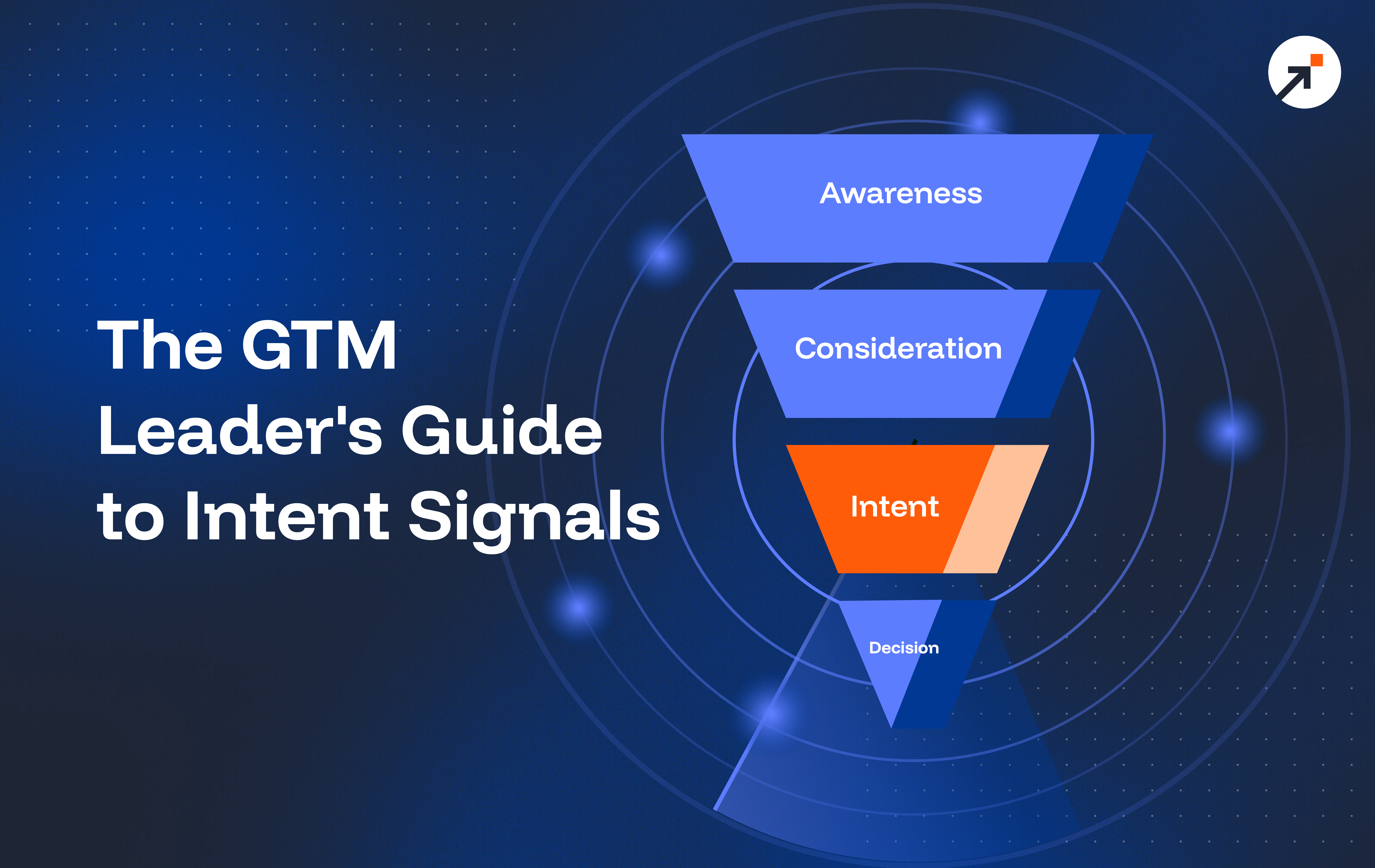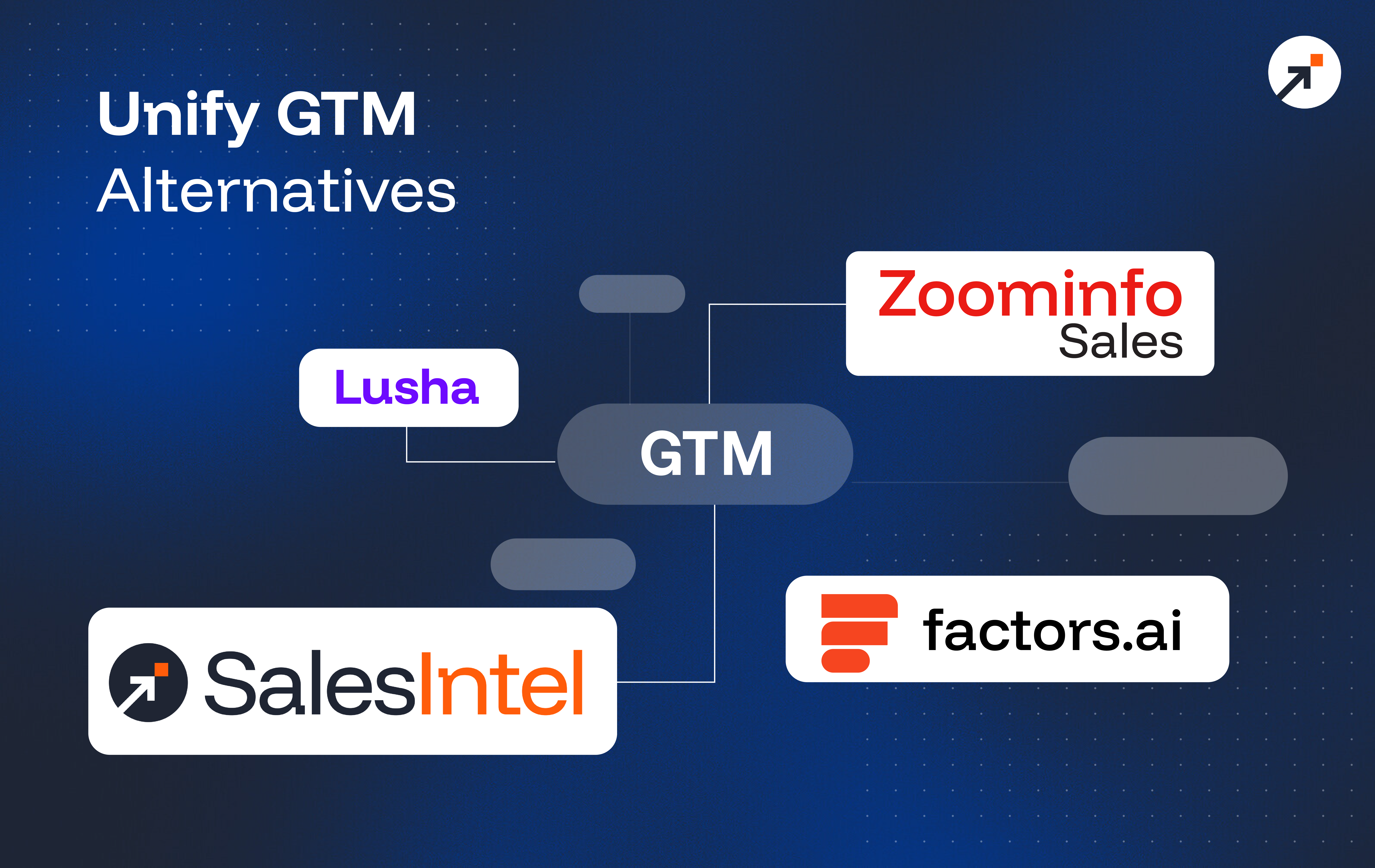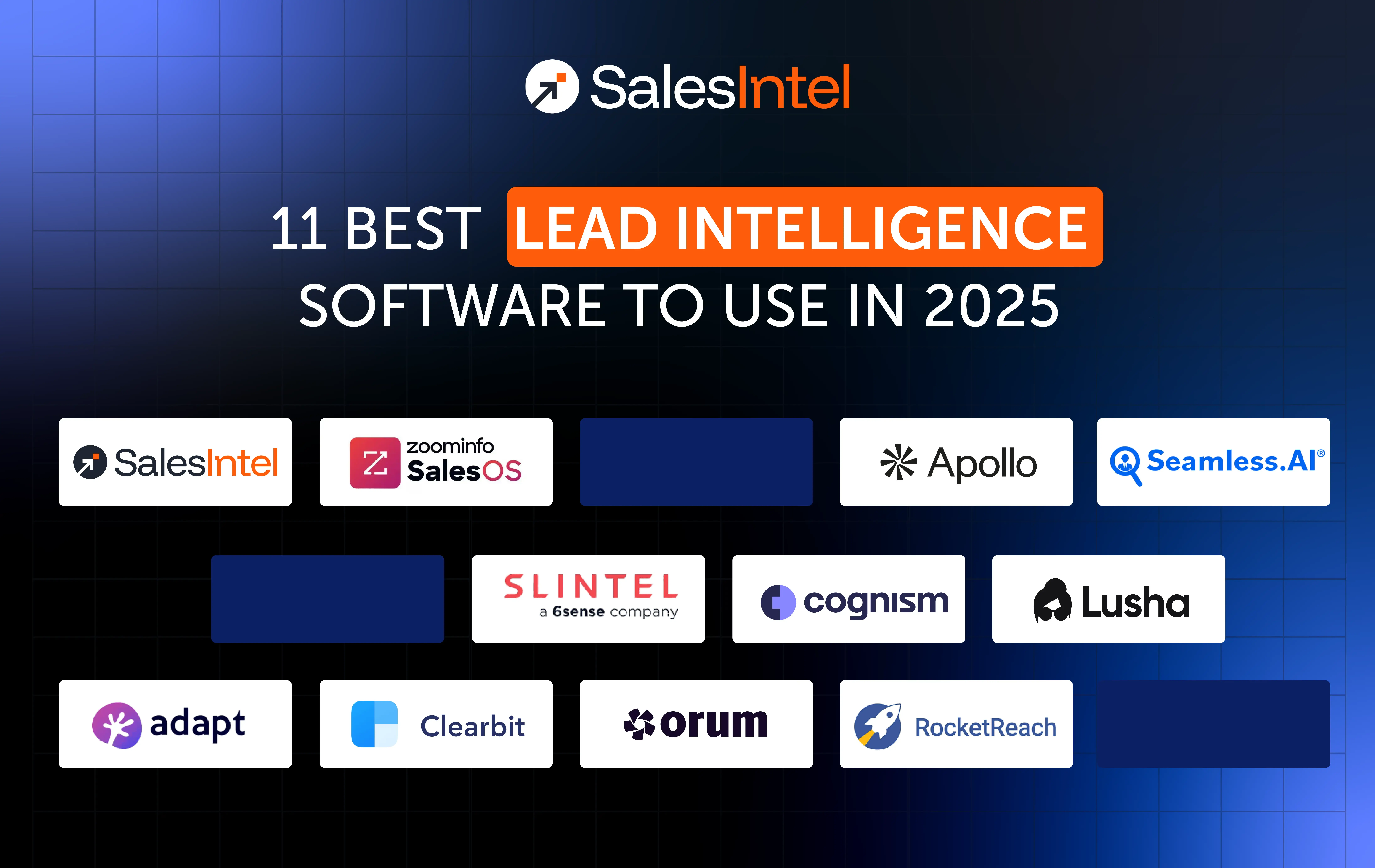Good news: the same technology that allows us to check up on our high school buds or scope out our blind dates also gives us an edge when it comes to sales contacts. Bad news: that sounds pretty creepy.
Technology puts immense amounts of detailed information at the tips of our fingers, but with great information comes great responsibility.
While sales intelligence allows us to target the right contacts at the right time, if it’s not used subtly, you’ll quickly sound like you’re calling from the top of a telephone pole outside your prospect’s office.
What is Sales Intelligence?
Thanks to modern data, a cold call isn’t really cold at all. Sales intelligence, in the words of DiscoverOrg CEO Henry Schuck, “allows you to know who your next most likely buyer is, and how to get ahold of them.” He compares utilizing sales intelligence to using the closed nozzle of a hose, a more targeted and effective approach to the work you’ve already set out to do.
Sales intelligence tools have made it so easy to find relevant contacts, that they’ve quickly progressed to obtaining much more than a name and a phone number. You don’t have just contact information, but also what TechnologyAdvice refers to as “a body of contextual information surrounding the contact record,” including pieces like purchase history, current contracts, and business objectives.
It’s truly incredible–and terrifying–how much data we have access to. How can you use it to the advantage of a sale without giving the impression that you have a series of photos connected by red string all along your office walls?
Here are the basic kinds of sales intelligence so you can know how to use them in a call without sounding creepy.
Fit Data
Fit data is the bare minimum of information, the kind that most of us understand salespeople attain in one way or another. It includes information like our name, job title, phone number, and e-mail address. It also includes data for companies, like their location, industry, number of employees, or tech stack.
Fit data is the kind of information most professionals understand is readily available through vendors or a bit of research. Yes, you will receive the occasional “How did you get this number?” But for the most part, fit data can be referenced in a call and not yet be considered creepy levels of knowledge. Although, it’s usually used in order to make contact, rather than a point of conversation.
Fit data is just plain necessary. For example, when I worked for a university, we couldn’t put a prospective student into our system if even one piece of that basic information was missing. Because without fit data, it’s impossible to market in the first place.
Using fit data responsibly is usually common sense. It’s what you use to contact your prospect, but it doesn’t usually factor into the conversation.
Opportunity data
Opportunity data is the information that takes a little more work to find. It can occasionally be found in a press release or on a business’s website, but for the most part, would require some knowledge of the company’s inner workings. This includes snippets like hiring practices, management changes, and new company initiatives.
If you choose to reference opportunity data during a call, make sure you are certain it is publicly available opportunity data. If it comes from a press release or the company’s official website, then it’s been posted with the understanding that people outside the company do indeed have access to it.
Think of it this way: when I write a blog post or an article that eventually gets published, it’s likely something that would come up in a basic internet search of my name. I wouldn’t be flabbergasted if someone said “Hey, I read your piece about sales intelligence,” as a part of a conversation. If it’s published publicly, it’s not necessarily creepy to talk about, as long as you phrase it in a non-threatening manner so that you don’t sound like you’ve been poring over pages and pages of content.
Intent Data
Intent data is “actions which link prospects to an issue or pain point,” and that’s where conversations can really start to get creepy. It includes information like web search history, downloads, or social media metrics.
Intent data is still incredibly useful, but referencing such information directly is putting calls on the fast track to awkward and uncomfortable. Don’t use phrases like:
“I see you’ve been looking into sales intelligence solutions on our site.”
“I hear that you’ve been working on targeting more specific audiences”
“I understand that you’re struggling with marketing solutions based on the ebooks you downloaded.”
Instead of referencing that information specifically, be sure to use more general statements that gently lead the prospect to the subject naturally. Talk about trends you have noticed in their industry and ask if they are facing similar struggles. The intent data shows you what a prospect’s needs might be, but you should still lead the prospect into expressing what those needs are themselves, rather than quickly drawing assumptions from the data.
Generally, when it comes to cold calling, you’ll find that the golden rule applies. If you would be suspicious of a salesperson saying that to you, keep it to yourself.




